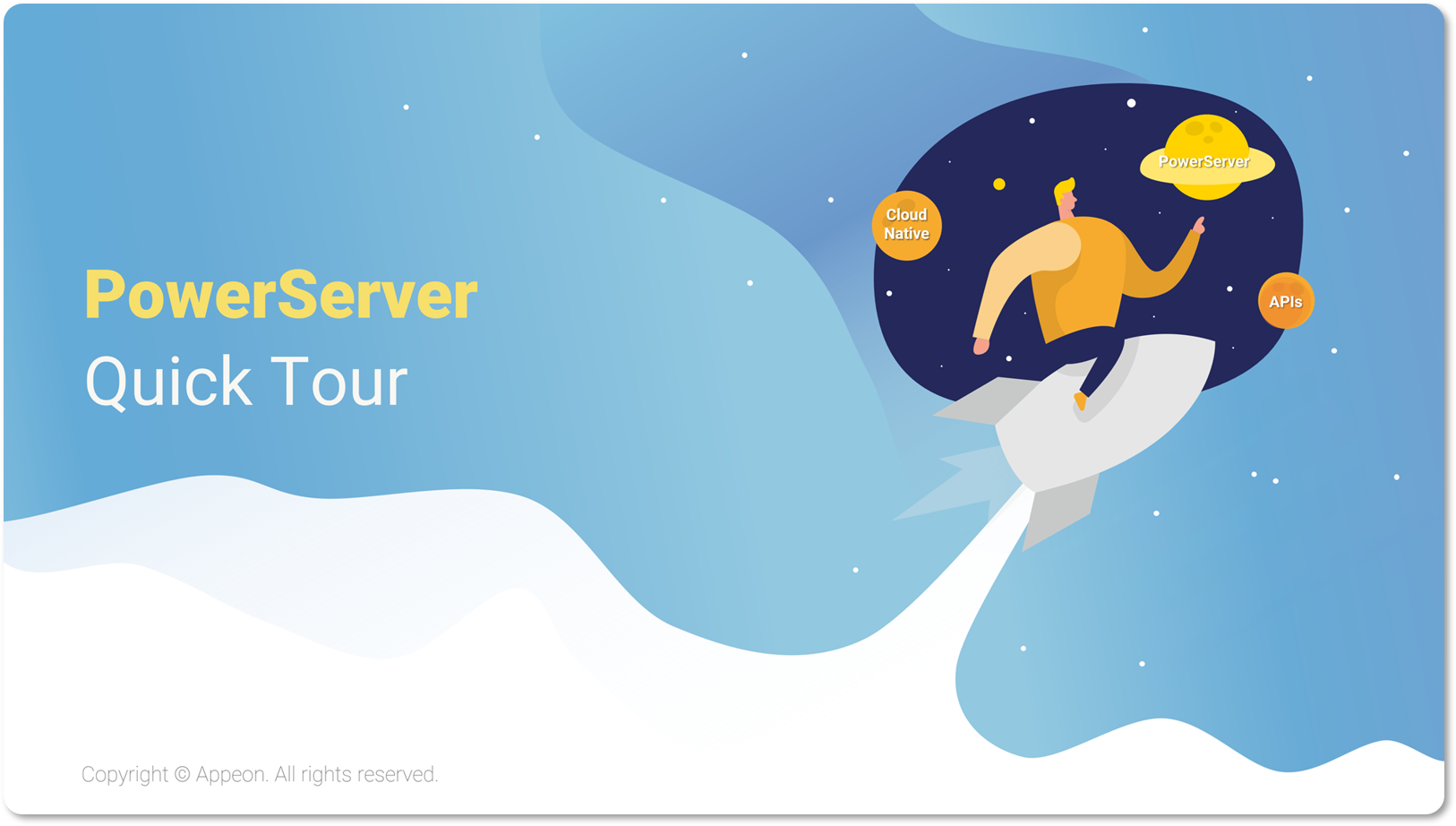PowerServer
Deploy Your PowerBuilder Apps to the Cloud, Automatically.
Stronger security. Greater flexibility. Faster deployment.
Why Choose PowerServer?
Internet Access
Enables end users to access the existing PowerBuilder apps from Windows devices over the Internet. The apps look and work the same as before, supporting almost all PowerBuilder features. There is no need to retrain end users or compromise on functionality.
Web Security
With a cloud-native architecture, end users no longer have direct access to the database, and all SQLs execute safely on the .NET server behind the firewall. Data is securely consumed from the REST APIs over secure HTTPS protocol after being authenticated using token technology, such as OAuth.
Minimal Effort
PowerServer automatically converts almost every single existing PowerBuilder feature, including the PFC framework. Typically, a cloud conversion requires just weeks of work, and future maintenance requires only PowerBuilder skills.
Customer Story
Replace the VDI Solution
DouYee International moved its ERP system to the Azure Web Service with PowerServer to mitigate the increasing cost of large deployment and support headaches caused by VDI solutions.
Stay Ahead of Competition
United Insurance Group successfully created a new cloud app in two months, and successfully deployed it to 280 new insurance agent offices in California.
Unlock the Full Potential
The Provincial Council of Almería successfully migrated 40+ PowerBuilder apps to the cloud, making full use of the latest features to support the government in conducting business.
Getting Started is Easy
Deploy Your Apps to the Cloud in Five Steps
Highlights of PowerServer 2025
PowerServer 2025 delivers stronger security, greater flexibility, and faster deployment for PowerBuilder cloud applications. Key highlights include dynamic SQL handling with SQLPreview, true incremental deployment, enhanced authentication for the Cloud App Launcher, customizable shortcut names, and support for switching multiple runtime versions.
Pricing
FAQs
PowerServer is compatible with Windows 11 devices, such as desktops, laptops, and Surface tablets.
PowerServer is compatible with PowerBuilder 2021 (CloudPro) and newer. If your app is currently in an older version of PowerBuilder, it is usually little to no work to upgrade to the latest version of PowerBuilder. Generally speaking, upgrading from PowerBuilder 10.x or newer should require no code changes.
PowerServer supports most leading databases, including MS SQL Server, Oracle, SAP SQL Anywhere, SAP ASE, etc. Learn more >
PowerServer utilizes a cloud-native architecture rather than running multiple instances of a client/server application. Its cloud-native architecture is built on ASP.NET Core, has a pre-dominantly stateless design, is REST API-enabled, deploys natively to cloud platforms, and so on. As such, PowerServer offers much higher scalability, much stronger security, much greater interoperability, and eliminates the typical limitations and headaches of remote desktop/VDI.
While PowerServer executes data access logic on the middle tier using C# and ADO.NET, it is not a code conversion solution.
Yes. Both subscription and perpetual licenses need to host PowerServer apps in an environment with an Internet connection. Contact us at sales@appeon.com if your server does not have Internet connectivity.
Please refer to PowerServer Licensing FAQs for detailed licensing information.
Please refer to PowerServer Support FAQs for detailed information regarding PowerServer standard and premium support.

